It did have undercarriage though
It did, but if you look at the photo of it in parts on the ground where the large main floats are the underneath opens down and acts like a skirt for a hovercraft... so it can operate from ice or snow and water... for taking off on water it greatly reduces friction to hover on a cushion of air first...
The final aircraft was supposed to be vertical take off... they were developing it in steps...
They had a version with floats to land like a normal sea plane but found at speeds of more than 35km/h it nosedived into the water... obviously not good... as the floats themselves are basically balloons and forcing them underwater tended to burst them... which obviously makes the nose diving worse...
If you look at these three images you can see the VVA-14 first on the ground showing wheeled undercarriage, and then on the water with floats inflated and then in the air with floats and gear retracted...
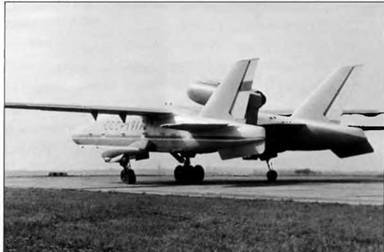
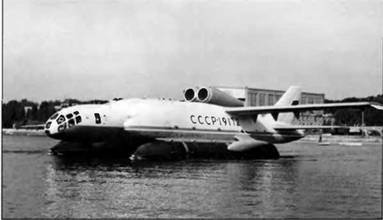
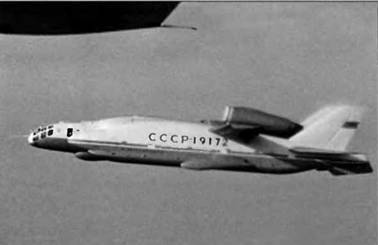
This is the VVA-14PS, which is only a drawing but it was the end goal... a VTOL VVA-14...

And this was another prototype sitting on the water with lifting cushion not inflated.
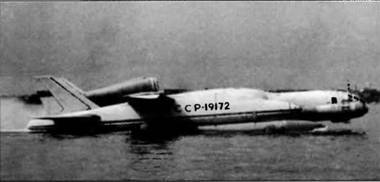
And here is the same prototype in hovercraft mode:
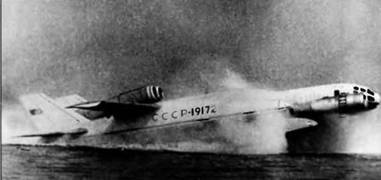
Which of course means it can land and takeoff at any speed due to low friction, and of course it can land on any relatively flat surface, because a hovercraft mode means its weight is spread over a huge area so it can operate from water... deep mud... snow, or anything that is relatively flat...
Last edited by GarryB on Fri Sep 28, 2018 5:18 am; edited 1 time in total






